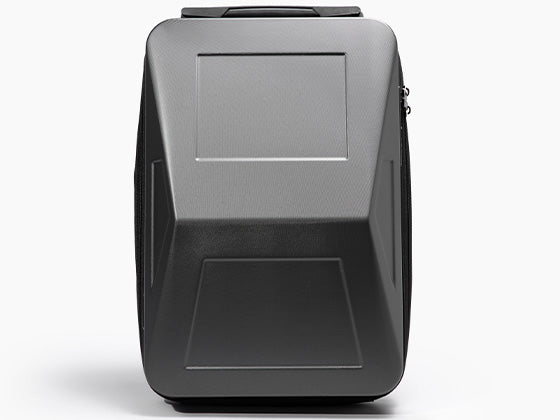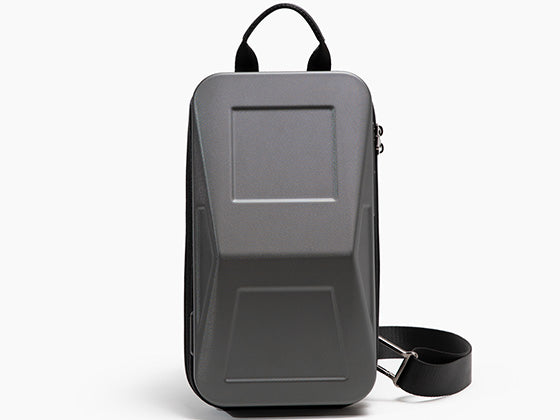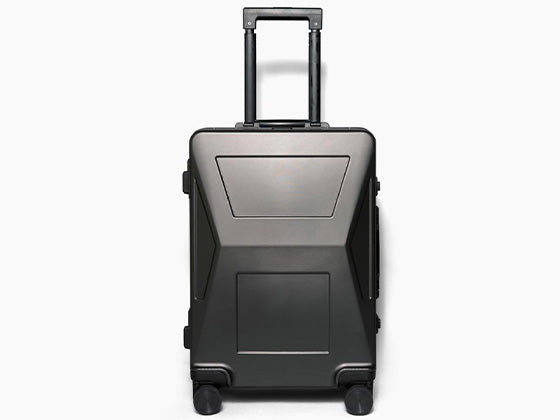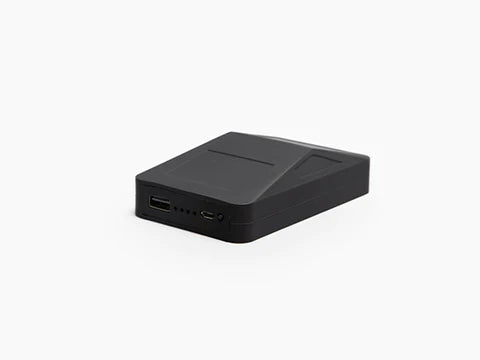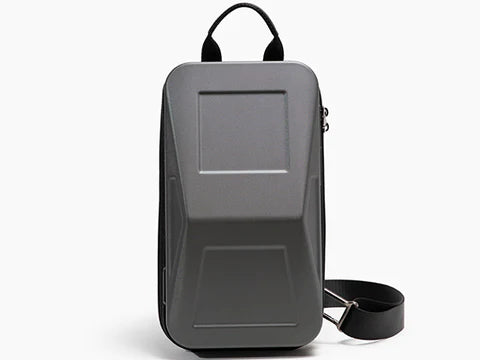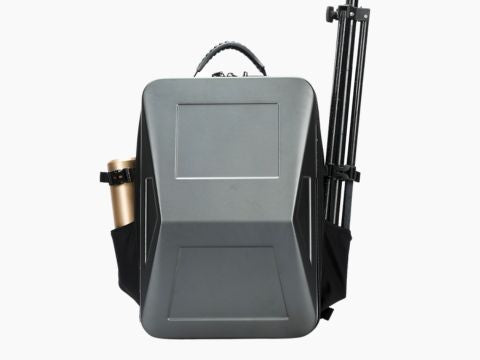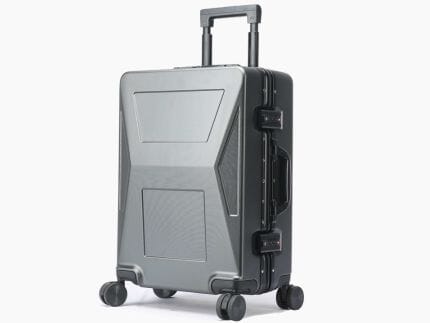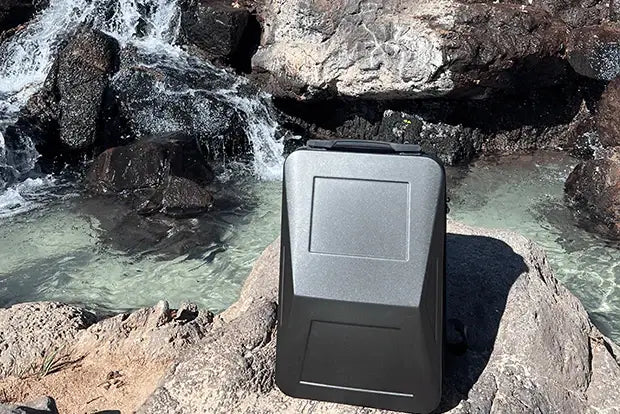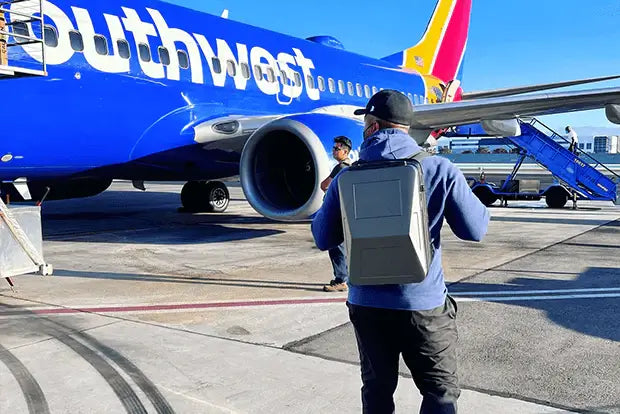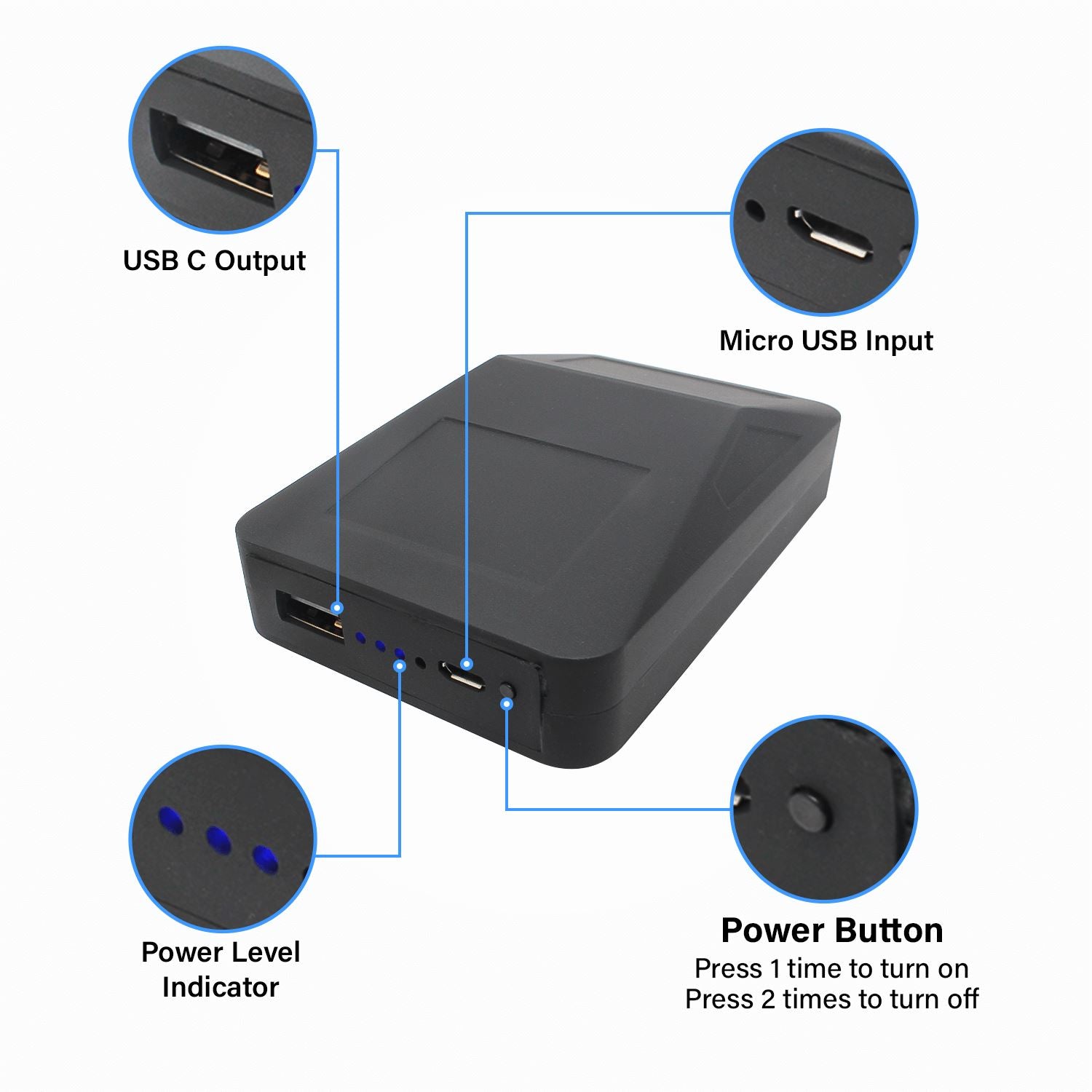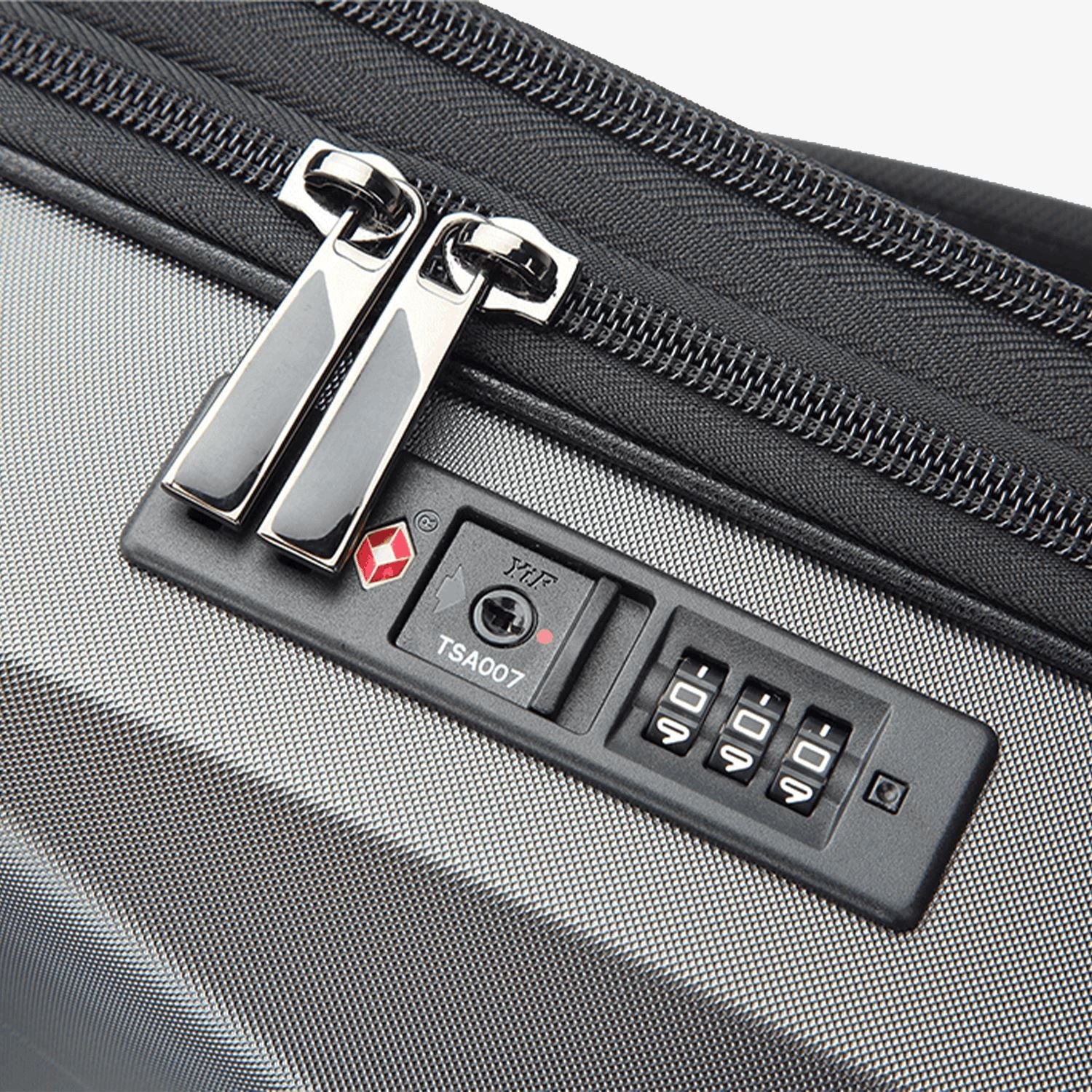There are bound to be some power-hungry devices with you, whether you are packing for a quick trip, an overseas holiday, or traveling abroad. You will undoubtedly need your electronics to keep you occupied during the trip. Naturally, it will take some additional power devices to keep your phone, laptop, camera, and other devices charged.
Think about it- how frustrating and inconvenient it would be if you are not able to take your power bank with you when you are going on a long vacation or traveling abroad. The rules concerning power banks in airlines have changed throughout the years.
These days, people are usually able to take their power banks with them. In this article, we cover why power banks can only be taken in carry-on luggage and are not allowed in the flight cargo bay, as well as the kind of power banks that are permitted on flights.
Why can't power banks be transported in the cargo hold of a plane?
The following is explicitly stated in an IATA document (revised in 2017) regarding the regulations for transporting lithium ion and lithium metal batteries:
Portable devices called power banks are used to recharge consumer electronics like cell phones and tablets. Power banks are regarded as spare batteries for carriage by passengers and are only permitted in carry-on luggage if they are individually short-circuit protected.
You might be wondering how it is that an item that cannot be transported as cargo can be brought on board a plane.
For safety reasons, airlines do not permit power banks in the cargo hold. Lithium-cell batteries are essentially what power banks are. As part of the rules governing air transportation, lithium batteries are not permitted to be transported as cargo since they are more likely to catch fire.
Another reason is that airlines would rather manage the risk of lithium batteries—in this example, power banks—inside the passenger aircraft than in the luggage hold. Power banks can occasionally catch fire because they are essentially batteries.
Therefore, you don't want them in the luggage area. If they are brought on board as hand luggage, they can be handled more readily in the unlikely event that they catch fire because there are fire extinguishers in the cabin.
Now that we know why there is a regulation, it is time to look at the types of power banks that are permitted on flights.
Which power banks can be used on aircrafts?
The rules governing power banks that all airlines must abide by globally are listed below:
- Power banks can only be brought on a trip if they are intended for personal use.
- Power banks can be carried in hand luggage or on the go. Checked baggage is not allowed to contain power banks.
- Power banks with a rated power of less than 100Wh can be transported without a permit, however, power banks with a rated power of between 100Wh and 160Wh require special authorization from the airline. Additionally, travelers are only permitted to have two power banks on them at once. Due to the CyberPowerbank's compliance with the established power rating limit, it can serve as a dependable travel companion.
- Carrying power banks with a capacity of more than 160Wh is prohibited, as are power banks whose rated power is unknown or cannot be calculated using the indicated specifications.
So, all of it greatly depends on the Wh (watt hour) capacity. Anything with less than 100Wh is acceptable to bring on board. You can bring spare batteries in your carry-on if they are loose ones, but not in the hold.
It also applies to batteries between 100 and 160Wh, however, you are only allowed to check in and are limited to two spare loose batteries. If it is more than 160Wh, it must be declared and packed in cargo in accordance with the regulations for dangerous goods.
How a Backpack Can Ensure That You Are Able to Travel With Your Powerbank
For airplanes, carry-on luggage is a preferable and safer option. It ensures you have everything you need, including your power bank, with you throughout the flight. Unlike a suitcase, a carry-on backpack will make sure you never have to get your bag checked.
Frequently, when a flight is packed, the overhead bins quickly fill up, forcing customers to gate check their luggage. Wheeled luggage is required to be checked, but individuals carrying backpacks or duffle bags are frequently exempt.
The adaptability of a carry-on backpack is unrivaled. These modern travel accessories are incredibly useful, comfortable to carry, and, best of all, their functionality goes far beyond the cabin of an airplane.
What Carry-On Backpack Size Should I Purchase?
The size of the carry-on travel bag is the most crucial consideration. The maximum size for carry-on luggage is determined by each airline independently. Most airlines limit luggage to 45 linear inches, or 22 inches long, 14 inches wide, and 9 inches deep.
Your bag shouldn't exceed these dimensions to avoid issues at the airport. Make sure to examine the dimensions on product sites before you buy anything. Even if something is advertised as "carry-on sized," it does not guarantee that it will qualify.
Additionally, before your flight, look out for the size and weight restrictions for carry-on bags on the website of your airline. Budget airlines frequently have harsher guidelines, and carry-on size can vary per carrier.
The dimensions of the Cyberbackpacks are 4.3 x 2.8 x 1.2 Inches, which means it falls within the dimensions mentioned above. It is carry-on compliant. Moreover, it also comes with a Cyberpowerbank!
Consider the Weight
Each airline and travel geographical area has a different carry-on weight limit.
Airlines are often stricter about size than weight in the United States. The weight of a backpack is less significant than its ergonomics if your primary mode of transportation is a large airline and/or domestic travel.
Some airlines let passengers check up to 50 pounds worth of luggage. You shouldn't carry more than 50 pounds, even if you are permitted. 50 pounds is a lot to carry, so even the most ergonomic backpack will feel heavy at that weight. Budget airlines from Asia, Europe, and South America only permit carry-on luggage weighing up to 15 pounds.
You will need to perfect the art of packing light if you frequently fly on flights with stricter weight restrictions. A comfortable bag will make you happy, and good packing will take care of the rest.
Try to get a travel bag that has an ergonomic structure akin to a hiking backpack. Prior to taking off, be sure to verify with your airline. If you're worried about weight when packing, weigh your suitcase to ensure that it doesn't exceed the airline's carry-on luggage weight limits.
Which carry-on bag should I purchase?
You should choose the appropriate carry-on bag depending on how you like to pack.
The ergonomics and mobility of a backpack are combined with the meticulous organization and simple packing of a suitcase in the Cyber Backpack.
You have a spot and a compartment for everything with the Cyber Backpack. It is height-adjustable for the ideal fit, and it is constructed of waterproof materials so you know your belongings will be secure even in heavy rain. It also has TSA-friendly USB charging and passcode lock
